Featuring Logan Wood
The Canon RF 24-50mm f/4.5-6.3 IS STM Lens is an affordable and compact mid-range zoom option for your Canon full frame mirrorless system. Logan Wood shows you how to install the lens and zoom gear in your Ikelite 200DL Underwater Housing. If you have a DLM style housing, refer to our Canon RF 24-50mm Zoom Gear Installation for DLM Underwater Housings.
If you're more of a reader, scroll down to see the video transcript.
Products Used
- Zoom / Focus Gear # 5509.52
- DL 42mm Port Extension # 75042
- DL Compact 8 inch Dome Port with Neoprene Cover # 75344
Installing the Anti-Reflection Sticker
So first off let’s pay attention to the lens, and remove the lens cap. And you'll notice that there is some light gray lettering around the inside diameter of the lens. Sometimes when you're shooting into the sun, light will reflect off the lens into the dome and produce some unwanted reflections. To reduce those reflections, we're going to add an anti-reflection sticker to the front of the lens to cover up those letterings.
Installing is very simple. Just peel the sticker off the paper backing, and bend it in half. And carefully apply it over the lettering on the front of the lens.

Anti-Reflection rings are easy to apply and help prevent unwanted lettering reflections in your underwater images.
Installing the Zoom Gear & Lens
We'll put the lens to the side and draw our attention to the housing itself. You can use the included zoom gear retainer tool to loosen the zoom gear retainer and remove the dust cap.
Now for this lens specifically I like to remove the body cap of the camera before I drop the Zoom / Focus Gear # 5509.52 in. I'll remove that and you'll notice on the zoom gear itself there is some lettering and two arrows pointing up. Indicating that the arrows on the zoom gear need to be pointed up. So we're going to take the zoom gear and just drop it down into place with those arrows pointing up. Then we'll take our zoom gear retainer, drop that into place and tighten it down using the tool.

The zoom gear for this lens has directional markers etched into the side to make proper positioning during installation a breeze.
Then we're going to grab our lens and remove the back cap. Make sure that we're in autofocus (AF) and that the stabilizer is on and then for this lens specifically you need to zoom it all the way to 24mm to get it out and into the shooting position. From there we'll find the red dot on the lens and the red dot on the camera and drop it into place. You’ll feel it fall into place and then just turn it to bayonet it onto the camera.
Now we'll use the zoom knob on the side of the housing to make sure we have zoom functionality and we do so we're good to continue and we'll move on to the ports and the dome.
Extension & Dome Port
This lens specifically uses a DL 42mm Port Extension # 75042 and the DL Compact 8 inch Dome Port # 75344. With these two extensions ready we're going to flip it over and make sure that all three thumb screws are backed out of the inside diameter. Run your finger along and make sure it's all backed out and that there's no hair or debris in there. Then we're going to do the same for the dome port.
Then we're going to use a small amount of the included Ikelite lube between our index finger and thumb and run it around the o-ring of the extension, we're also going to run that around the o-ring of the housing as well. This will help the parts slide together more easily as well as help you check for any bumps, scratches, hair, or debris on the o-ring. And then we'll just take that remaining lube and put it on the inside diameter of the dome port as well as the extension. Again, just making sure that all thumb screws are backed out and there's nothing there.

The top of the dome port is indicated by a corresponding thumbscrew and dome shade hood.
Next, you'll notice that the three thumb screws on the dome port correspond with three pockets on the extension. So, we're going to line up those thumb screws with the pockets and press the two pieces together. And tighten down the thumb screws on the dome port. If you feel any resistance, just back them out and realign. They don't need to be super tight, just hand tight. It just helps the pieces stay together. But it's not creating the seal.
The same three thumb screws are going to correspond to the same three pockets on the housing itself. So, I'll lay the housing down, make sure that the thumb screw that corresponds with the top shade is going to go at the top of our housing. So, just line that up and drop it down. When the extension is flush with the housing you can go down and tighten down all three thumb screws. Again, if you feel any resistance at all, just back them out and realign.
Putting the Housing Under a Vacuum
From here you are fully waterproof, but there is one more step that we like to take and that is putting a vacuum on our housing. You’ll notice on the side of the housing there is a vacuum valve. If you press the button, it will release the cap and insert the barbed end of the vacuum inside that valve and pump up your housing.
I’ve pumped all the way up to 10, but the number that you pick is not important. What is important is that the needle is not dropping. Once you've pumped it to your desired number, press the button again on the valve to remove the barbed end of the hose and replace the cap.
I like to do this the night before a dive when I get my system set up before I go to bed and then leave it under a vacuum all night and then in the morning I'll remove the cap from the valve, plug the pump back in and sure that my needle did not drop from the number that I picked the night before. Once I see that the needle has not dropped I know my housing is fully sealed and I can remove the hose, place the cap, and go diving.

Not only does the Ikelite Vacuum System help detect leaks before you enter the water, it also reinforces all of the closing mechanisms on your housing giving you confidence even in rough surf.
If you don't have all night, 10 to 20 minutes before the dive will be fine, but again I like to do it the night before so that I'm extra confident that my housing is all sealed up. Now once you're done with your dive and you want to change the lenses, charge your camera, you can just replace the barb into the valve and there's a button on the bottom of your pump that will release the air. If you don't release the vacuum, you won't be able to remove any of the ports or the back off of the housing.
If you're on a boat or somewhere where you don't have access to your pump, you can insert a small object like a pencil or a pen into the valve and release the vacuum that way, but always make sure that you replace the cap of the valve.
That’s how to assemble the Canon 24-50mm inside the Ikelite 200DL Underwater Housing. If you have any questions, you can shoot us an email to ikelite@ikelite.com.
Additional Viewing
Canon RF 24-50mm Zoom Gear Installation // 200DLM Underwater Housing [VIDEO]
Canon Mirrorless Lineup Explained for Underwater [VIDEO]
Rectilinear vs Fisheye Lenses for Underwater Wide Angle Photography [VIDEO]
DL (Dry Lock) Port System Charts for Canon RF-Mount Mirrorless Cameras
DO'S and DON'Ts of 200DL and 50DL Underwater Housing Set-up [VIDEO]

Logan Wood is a published photographer, cinematographer, and Producer at Ikelite. Stemming from a great appreciation for the outdoors and living an active lifestyle, his work focuses on capturing and sharing the natural world through the latest technologies. When not in the studio, Logan can be found cruising on his bike, going to concerts, and researching where to go next. You can see more of his work at loganwood.net and on Instagram @jlowood


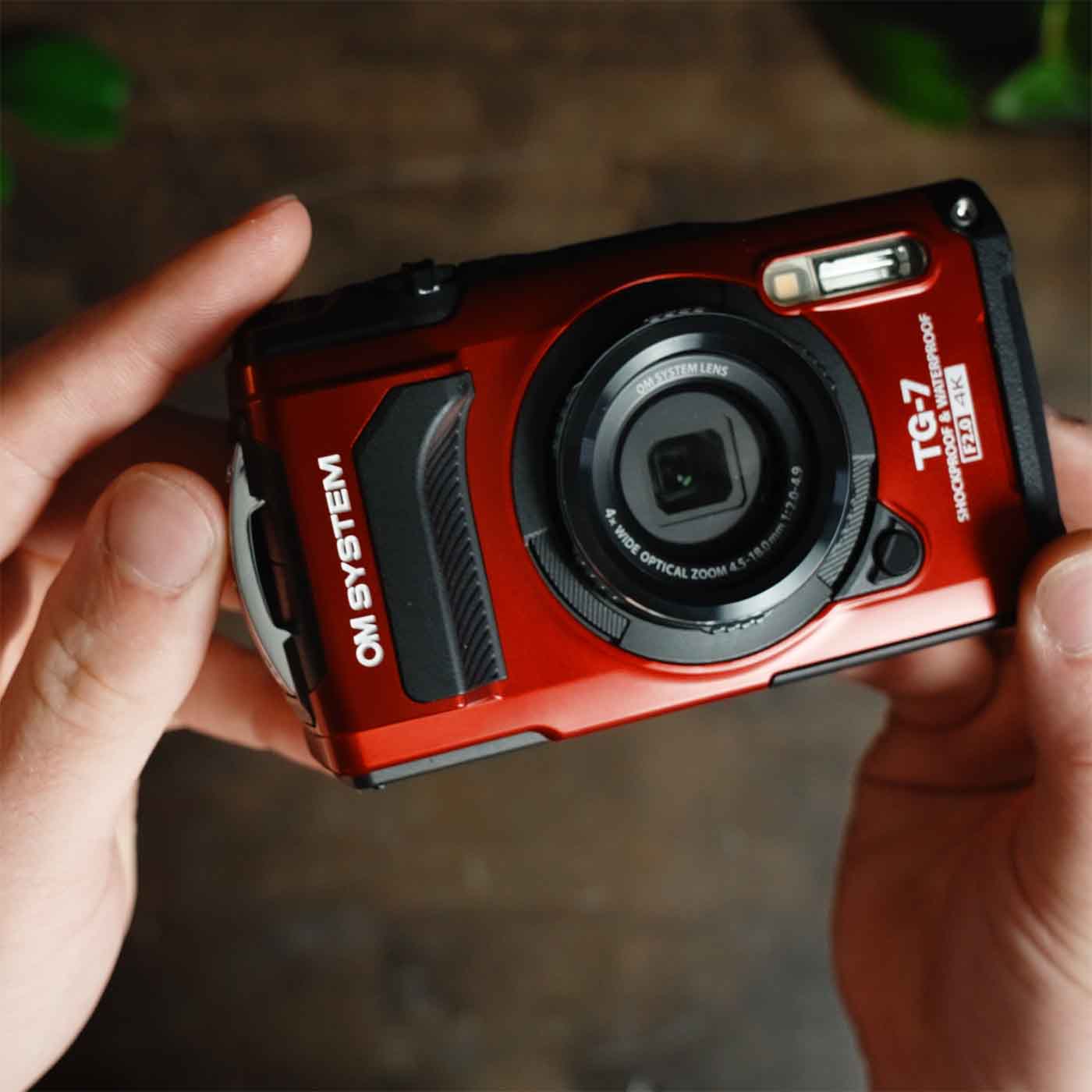
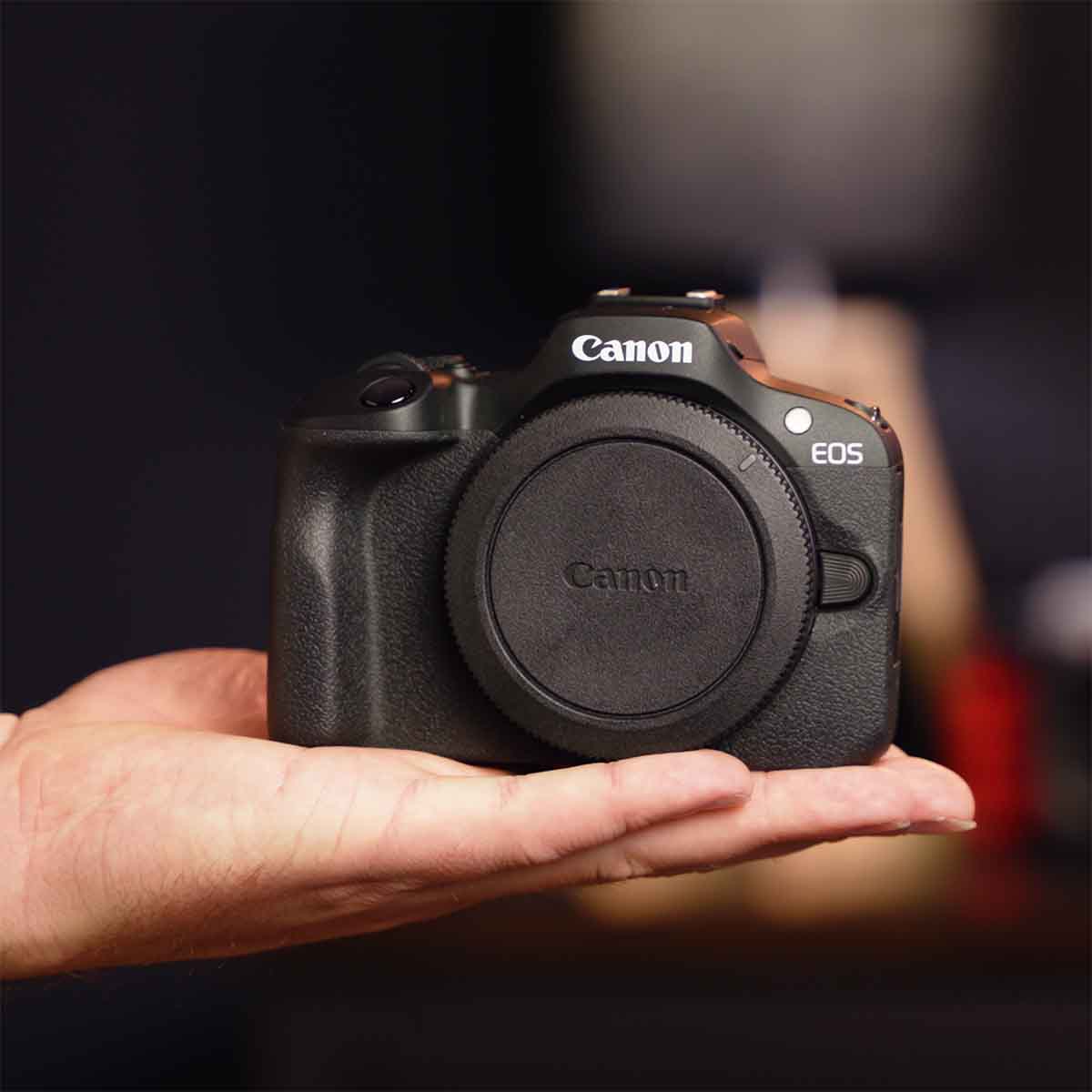
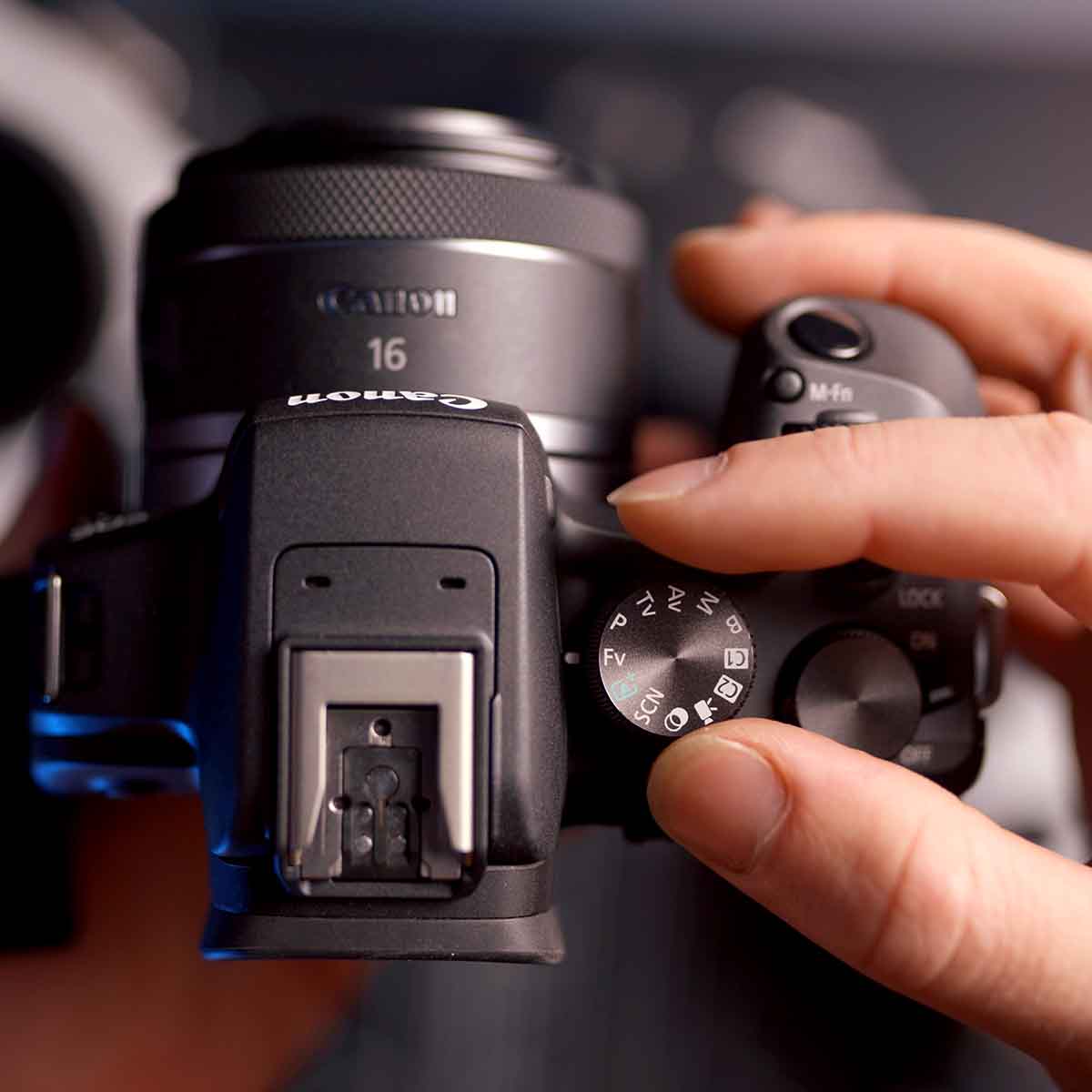


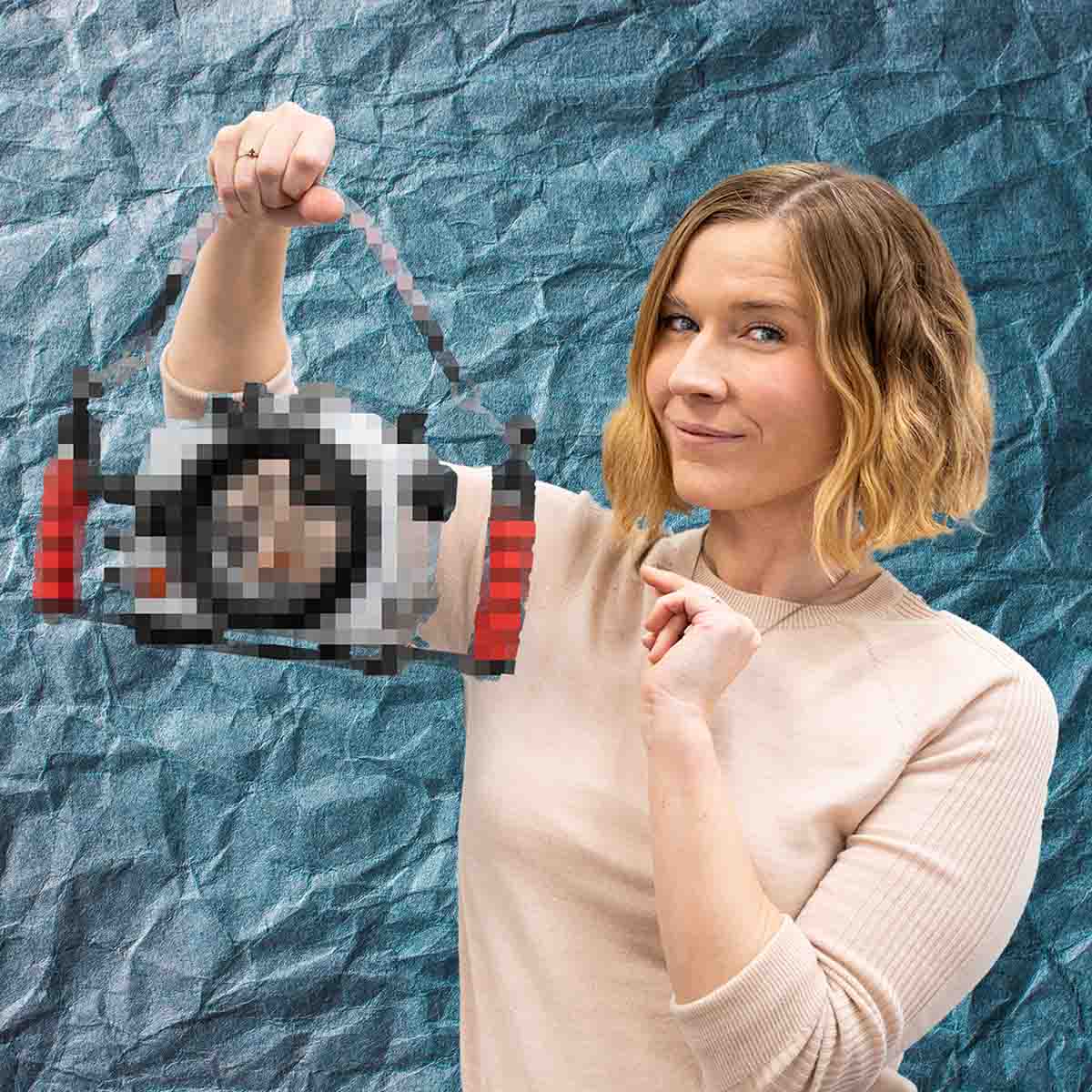
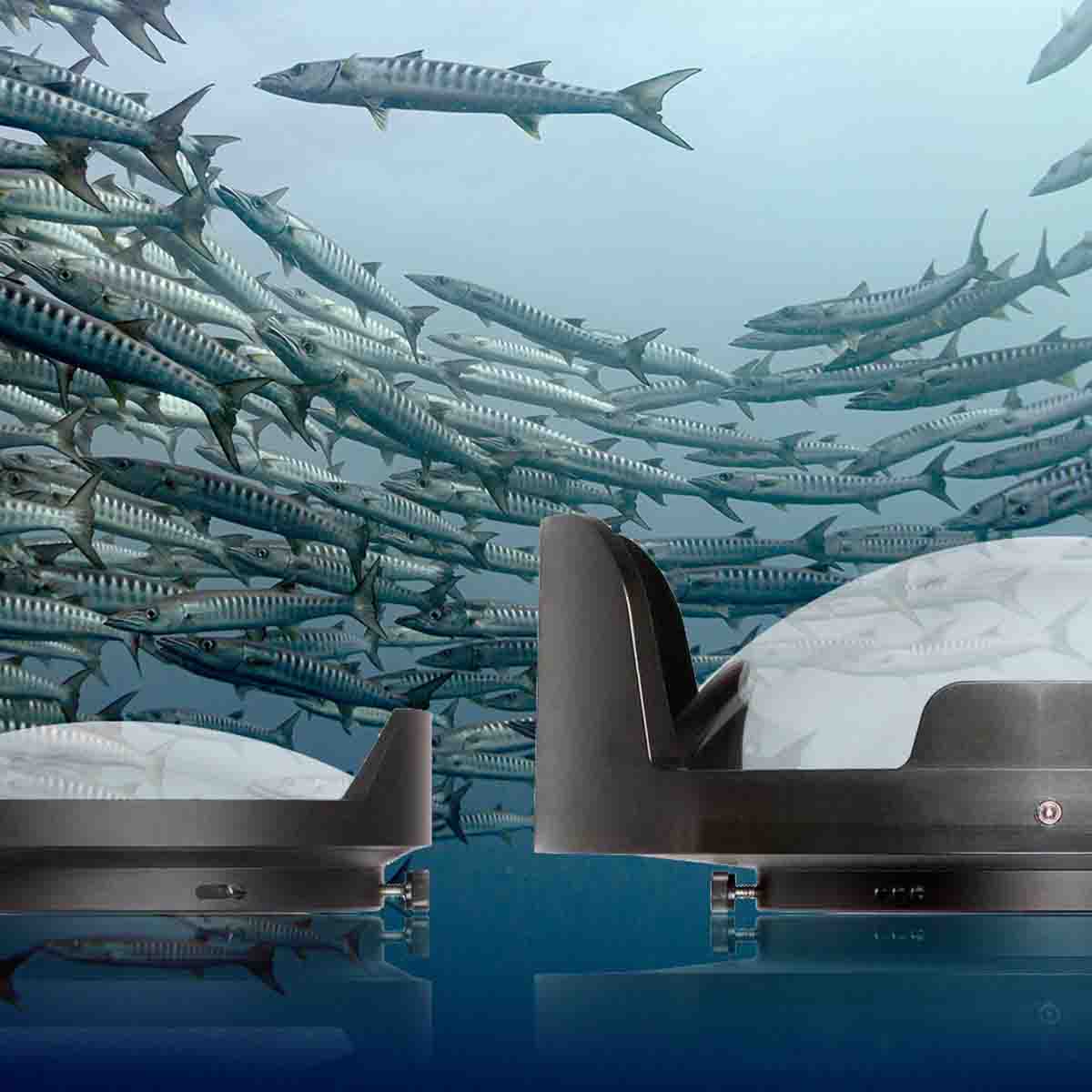
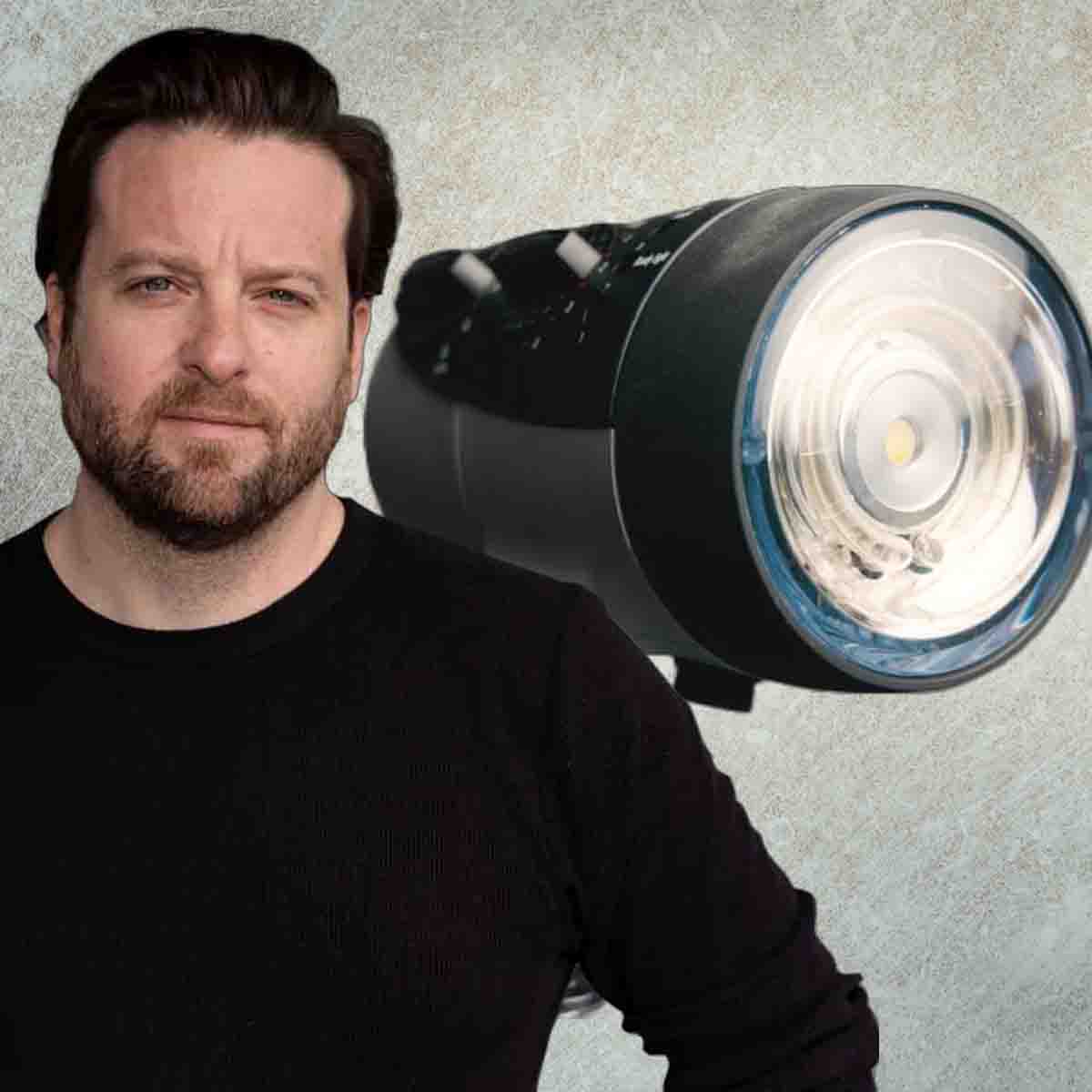

![Canon RF 24-50mm Zoom Gear Installation // 200DL Underwater Housing [VIDEO]](http://www.ikelite.com/cdn/shop/articles/Canon_RF_24-50mm_DLM_Assembly_copy_1.jpg?v=1760719837&width=1500)

![Nikon Z5 II Setting It Up // 200DL Underwater Housing [VIDEO]](http://www.ikelite.com/cdn/shop/articles/Nikon_Z5_II_Assembly_copy.jpg?v=1760721951&width=2000)